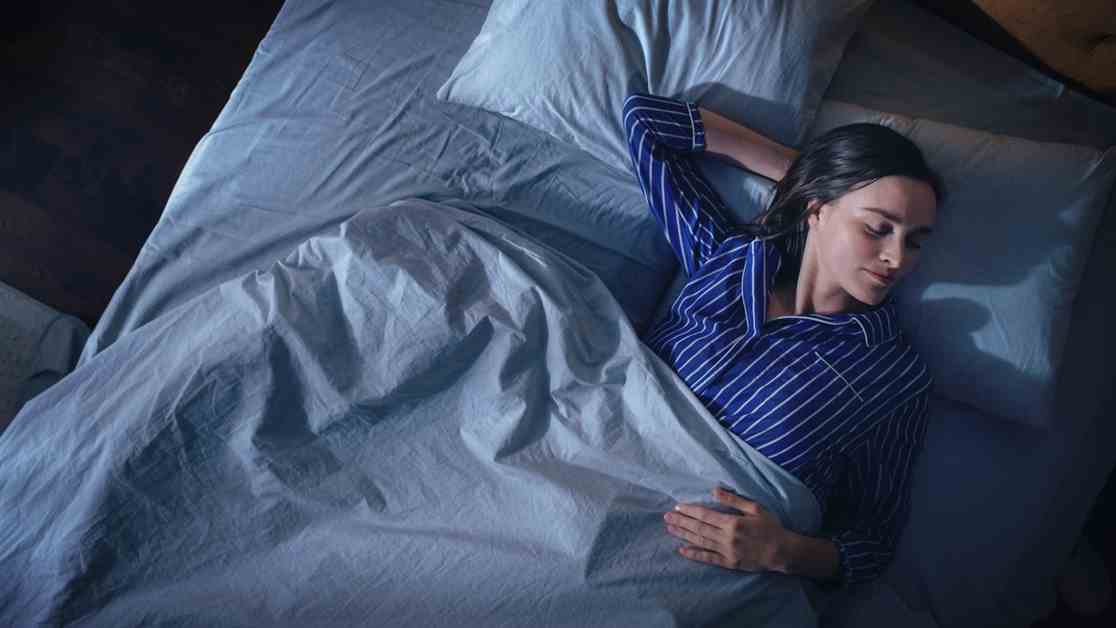Sleeping Habits That Increase the Risk of Diabetes
A recent study conducted by the Faculty of Medicine in Melbourne, Australia, has revealed that certain sleeping habits can increase the risk of type 2 diabetes. Previous research had already shown a connection between living in brightly lit areas at night and disrupted circadian rhythms with higher blood sugar levels and a 28% increased risk of diabetes. The Australian study, which involved 670,000 participants, further confirms the impact of light exposure on diabetes development.
The researchers found that individuals who do not sleep in complete darkness, such as leaving their blinds open at night or falling asleep with the TV on or a bedside lamp lit, increase their risk of type 2 diabetes by 29%. This lack of complete darkness disrupts circadian rhythms and leads to insulin resistance. Participants in the study wore light sensors for a week to track their exposure to light both during the day and at night. The analysis of 13 million hours of light sensor data compared with the onset of diabetes over an 8-year follow-up period, factoring in age, gender, ethnicity, socio-economic factors, and lifestyle.
Despite the concerning findings, the researchers remain optimistic as light exposure is a modifiable risk factor. Simply sleeping in complete darkness can send a positive message to the hypothalamus. For those who need a night light for safety reasons, it is recommended to place it close to the floor to dim the light source and avoid direct exposure to the eyes. If blackout curtains are unavailable, using an eye mask, similar to those used during air travel, can also help.
Source: Personal light exposure patterns and incidence of type 2 diabetes: analysis of 13 million hours of light sensor data and 670,000 person-years of prospective observation, The Lancet, June 2023




